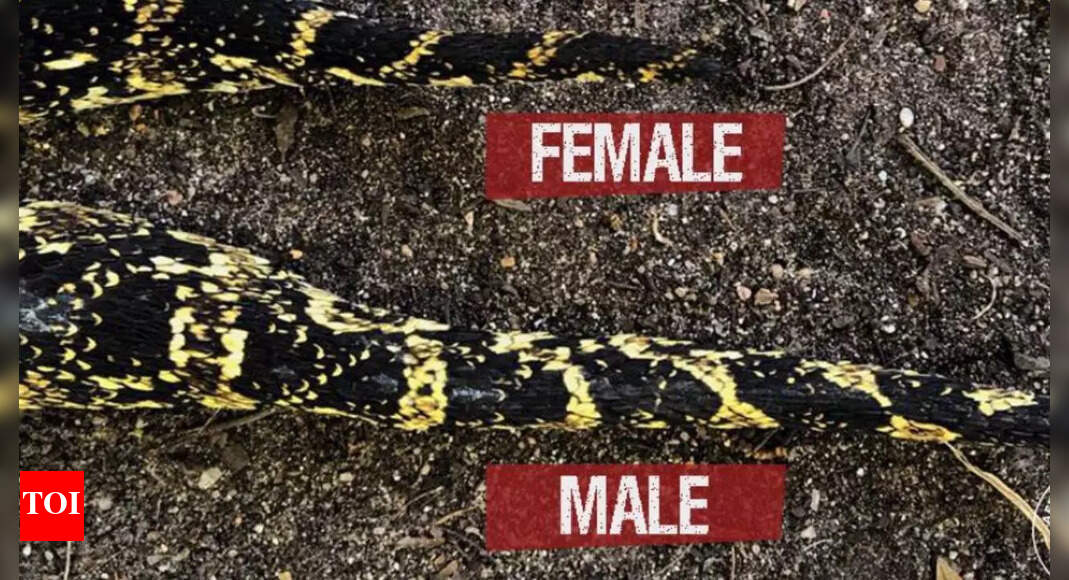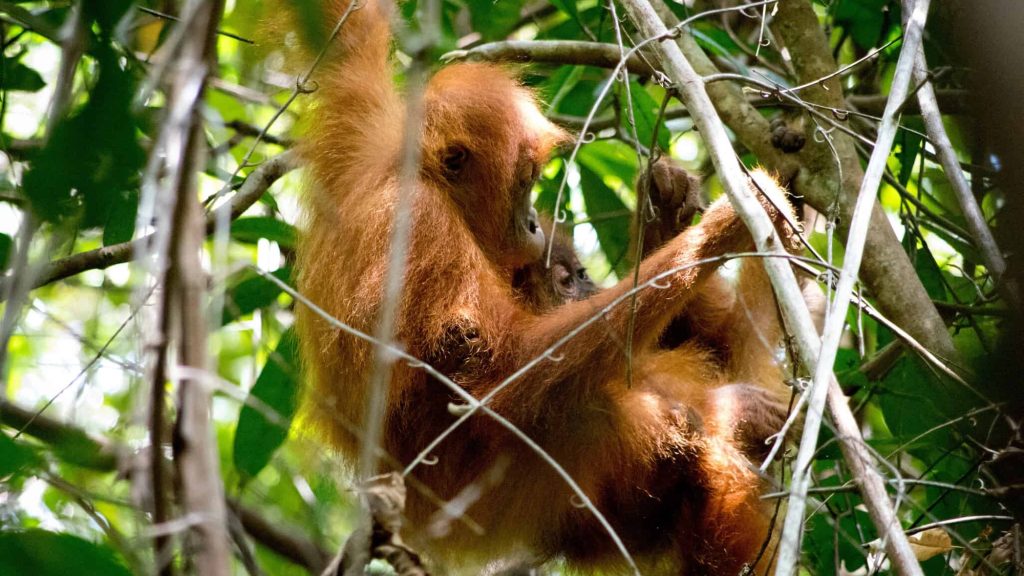Now Reading: Male vs Female Snakes: Key Traits and Expert Tips for Identification
-
01
Male vs Female Snakes: Key Traits and Expert Tips for Identification
Male vs Female Snakes: Key Traits and Expert Tips for Identification

Rapid summary
- Identifying the gender of snakes is challenging due to subtle physical differences and species-specific traits.
- Common indicators include tail length, body size, and coloration. Males often have longer tapered tails, while females may be larger for egg progress, though exceptions are frequent.
- Hemipenis probing is the most accurate method for determining gender, offering 100% reliability in certain studies like those by Tan et al. (2024).
- Coloration varies by species and region; e.g., male Boomslangs in africa exhibit green or dark hues with vivid sides compared to females’ brown coloration.
- Juveniles lack obvious gender traits seen in adults, requiring professional techniques like probing or ultrasound imaging for identification.
- Additional methods such as “popping,” behavioral observation during courtship seasons,and advanced imaging techniques are used mainly by experts.
Image:
!How to recognise difference between male and female snakes: Tail length, colour
Indian Opinion Analysis
Snake gender identification holds practical significance across several domains-wildlife conservation, breeding programs, and reptile care. The broad variability in traits such as tail length or coloration across snake species highlights India’s rich biodiversity; understanding these differences could aid herpetologists managing native snake populations effectively. Accurate techniques like hemipenis probing become notably critical when addressing issues of animal welfare in breeding centers or zoos.
While traditional visual indicators do provide clues about gender distinctions among adult snakes-like observed dimorphism in Boomslangs-the higher reliance on invasive methods underscores a need for expertise aligning with ethical practices. For juvenile snakes lacking external markers altogether, exploration into non-invasive technologies such as ultrasound imaging might be pivotal moving forward.
Professionals involved locally should consider these nuanced approaches not just for study but also broader biodiversity preservation strategies where native Indian fauna plays an accountable ecological role globally.




























